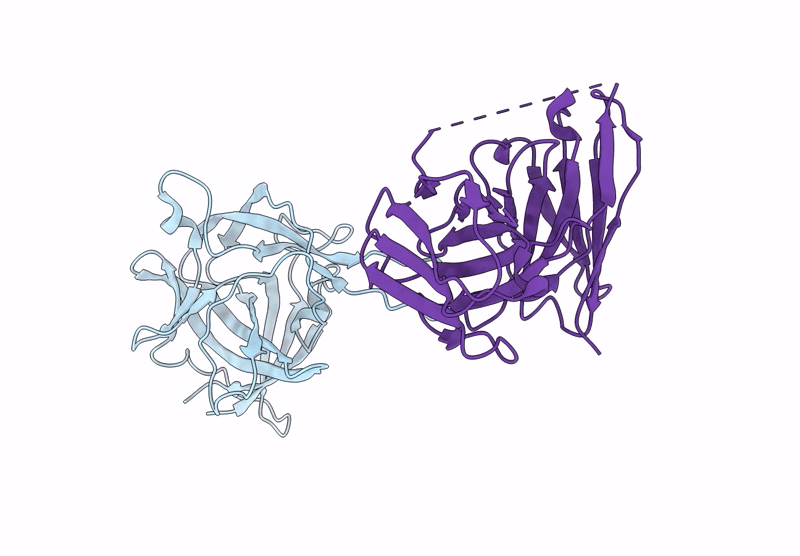
Deposition Date
2024-07-15
Release Date
2024-12-25
Last Version Date
2025-07-09
Entry Detail
Biological Source:
Source Organism:
Human astrovirus 2 (Taxon ID: 12701)
Mus musculus (Taxon ID: 10090)
Mus musculus (Taxon ID: 10090)
Host Organism:
Method Details:
Experimental Method:
Resolution:
2.67 Å
R-Value Free:
0.25
R-Value Work:
0.21
R-Value Observed:
0.21
Space Group:
P 43 3 2


